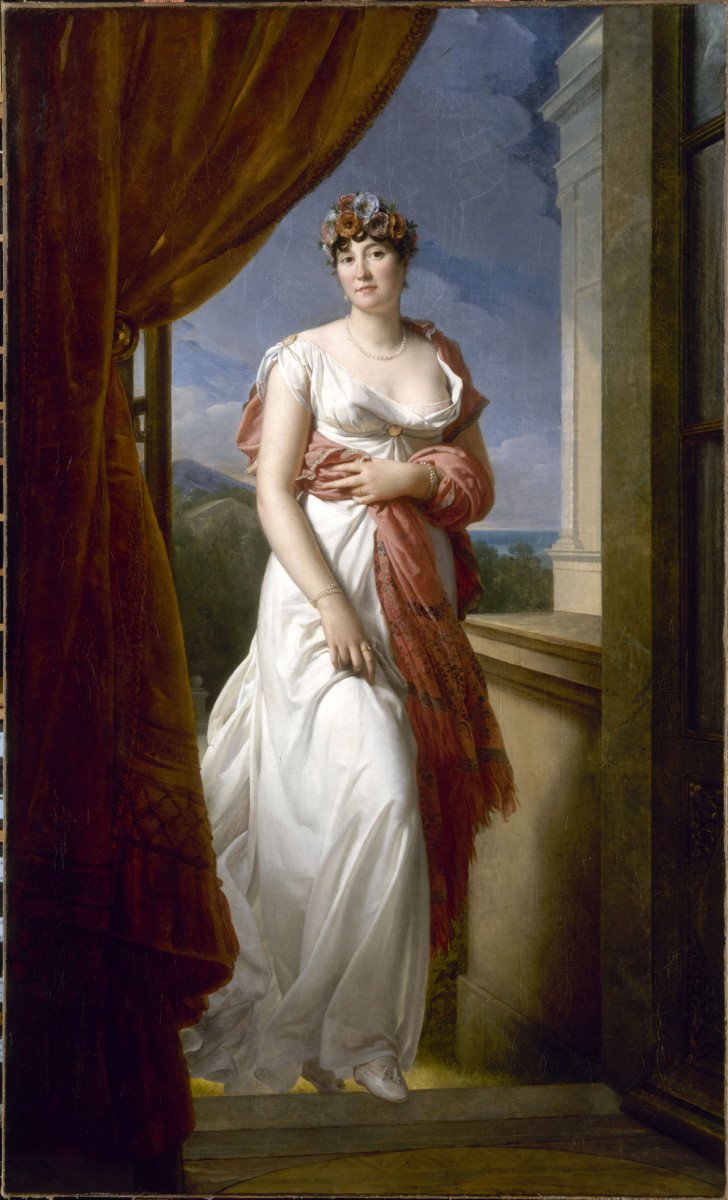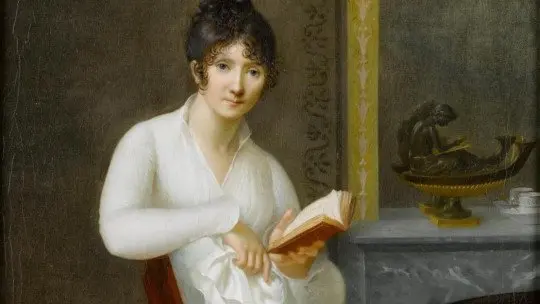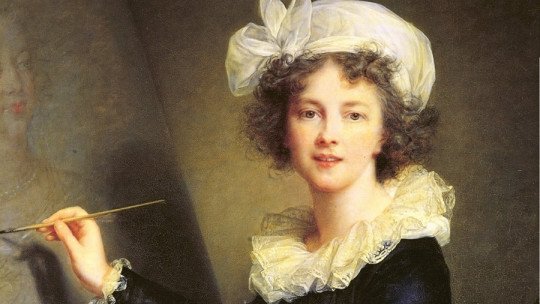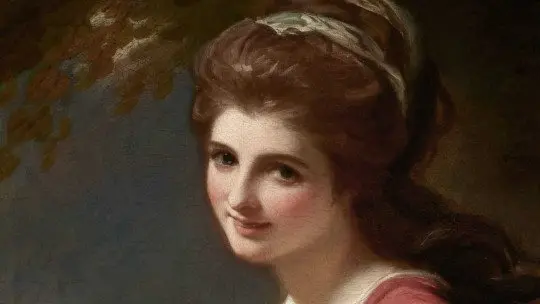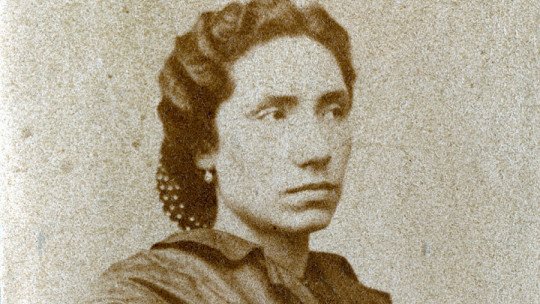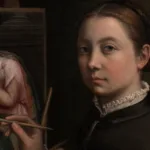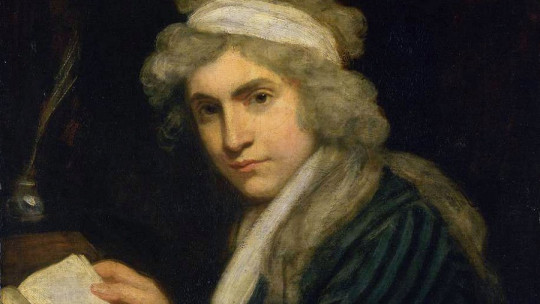They called her Our Lady of Good Help. She was also known as Madame Tallien, after her marriage to the politician of the same name, and, after the fall of Robespierre, as Nôtre-Dame de Thermidor (Our Lady of Thermidor). Many names for one person: the Spanish Teresa Cabarrús, whom the Revolution caught in France and who saved many victims from dying in the guillotine.
In truth, until recently almost nothing was said about this heroine; She was barely mentioned in any of the history textbooks. However, recently her memory has been rescued and it has been possible to verify the great influence that she had on the revolutionary events of 1789. Do you want to know more about this exciting woman? Keep reading; Her story will not disappoint you.
Brief biography of Teresa Cabarrús, a Spanish heroine in France
She was born in the Madrid neighborhood of Carabanchel, daughter of the Count of Cabarrús, who, by the way, founded the first Spanish bank, the famous Banco de San Carlos. It was the year 1773, and the Enlightenment flooded (almost) every nook and cranny of that Spain still anchored in past customs and which Goya so masterfully portrayed in his Caprichos.
Little Teresa spent her childhood in Madrid, with a short French interval, during which she was educated in a convent (as was very common among well-born young women). She later returns to Spain, but Teresa’s future remains in France. At the age of twelve, she is sent to Paris with the aim of educating her in the culture and manners of the neighboring country and, above all, so that she can find a husband among the long list of marriageable nobles. There is, however, another somewhat obscure reason: a brother of her mother (that is, Teresa’s uncle) has fallen in love with the girl and has asked for her hand. The terrified father puts his hands on his head and decides to take his daughter out of Madrid to avoid a catastrophe.
A splendid and “exotic” beauty
And, even at her tender age of twelve, Teresa is already a promising beauty that is on everyone’s lips. She is not very tall, but with abundant dark hair and penetrating black eyes, the girl has an ease and friendliness that dazzles everyone who knows her.
In Paris, where her mother has accompanied her given her young age, she soon becomes a friendly “fairground monkey”: Teresa likes to dance Spanish dances before the fascinated French. He also has time to experience her first love; The lucky one is Alexandre de Laborde (1773-1842), with whom he plans a marriage that is met with the categorical refusal of his family.
Don Francisco Cabarrús, Teresa’s father, has not sent her to France to marry just anyone. Teresa is, like most women, her bargaining chip for an advantageous union, both economically and socially. Thus, in 1788, and at only fifteen years old, Teresa was forced to marry Jean-Jacques Devin de Fontenay (1762-1817), a marquis belonging to a prestigious French family. As might be expected, the forced marriage turns out to be a disaster. The spouses lead separate lives and Teresa accumulates lovers. Despite mutual rejection, both manage to have a son, little Théodore, born the year of the Revolution and to whom many languages call him a bastard. However, Devin de Fontenay always recognized it as his own.
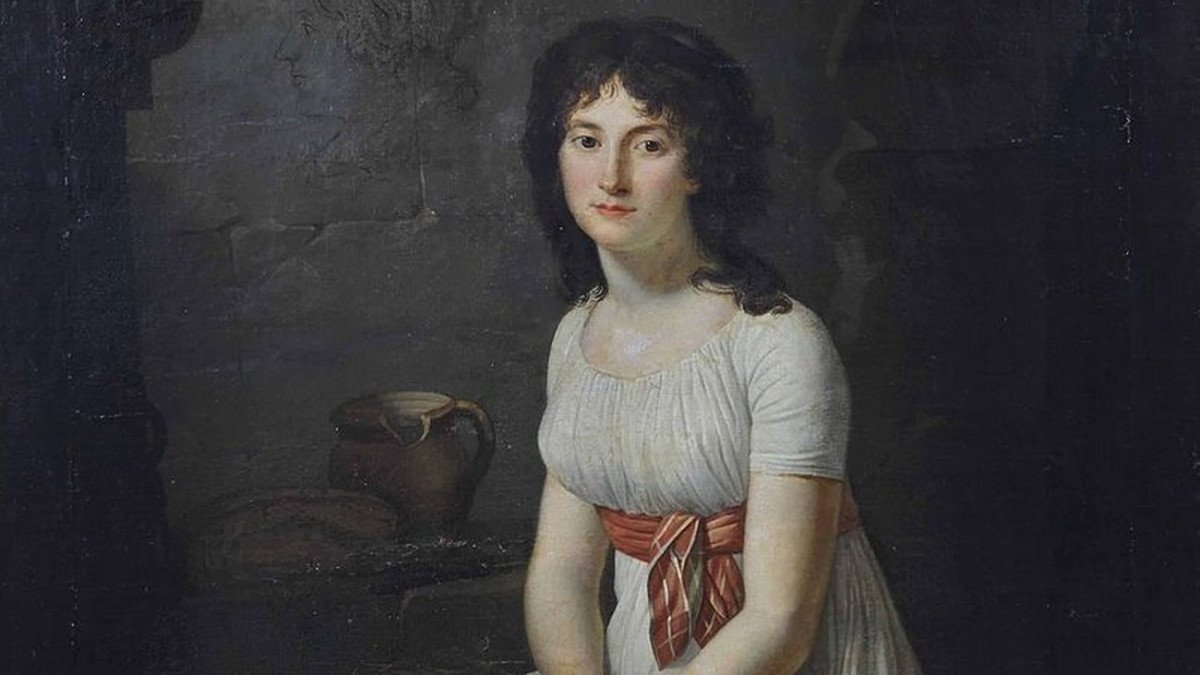
Divorce and Revolution
Thus, between parties and luxury, Teresa spends her first years in Paris. Suddenly, the Revolution breaks out, and things get complicated. The Spanish woman waits patiently, with her heart on edge, for the resolution of the events. However, things are only getting worse.
Perhaps the only good thing that comes from those first years of revolution is the separation from Fontenay. Because, with the recently approved divorce law, Teresa and Jean-Jacques separate, and he, ruined and scared by the events (let’s not forget that he is an aristocrat) emigrates to Martinique. This circumstance makes Teresa (Theresia, as the French call her) the ex-wife of an émigré, the name given to escaped nobles. This is a very dangerous condition, as we will see.
For now, the young woman also decides to put land in the middle, and settles with her son in Bordeaux, a city sufficiently far from Paris and quite close to her Spanish homeland. The capital of Aquitaine seems calm, but the situation will soon change. Because Robespierre, the sinister Jacobin, has sent Jean-Lambert Tallien (1767-1820) there, a revolutionary as bloody and radical as he, to “teach a lesson” to the inhabitants. Recently, Charlotte Corday, on the Girondist side, had killed Marat, and Robespierre had been overcome by a sudden conspiratorial paranoia that made him see counter-revolutionary uprisings in all corners of France. Tallien arrived in Bordeaux, then, to remove possible conspirators from their nest.
Our Lady of Good Help
The year was 1794; what history has called the Terror begins. The guillotines (plural, because in every major city in France a device equivalent to that of Paris is erected) fall incessantly. In Bordeaux, the situation is no different. Teresa watches with horror as a multitude of citizens (including her acquaintances) are beheaded without mercy and with hardly any prior trial. Her instinct for justice rebels and she decides to intercede for some of her friends.
From the point of view of your own safety, this act is reckless. Because, in the Revolution, whoever interceded for a convicted person was suspected of also being a counterrevolutionary. This, together with her status as the ex-wife of an emigrated aristocrat, puts Teresa at the center of all suspicions. Soon she too is imprisoned, and her fate seems sealed. But the Spanish woman did not take into account that she was still a very attractive woman, even in prison. And then, surprisingly, Tallien fell in love with her.
As if it were a novel, the envoy of Robespierre himself risks his neck and honor and gets Teresa out of prison. The young woman becomes his lover (possibly not out of pleasure, but out of pure survival) and immediately begins a true campaign to save the innocents who are taken to the guillotine. In her hotel in Bordeaux she sets up a “hearing” office, where she receives requests from the relatives of the convicted. In the months that the situation lasted, Teresa Cabarrús saved hundreds of lives, thanks to her ascendancy over Tallien. People begin to know her as Our Lady of Good Help.
The blow to the tyrant
From Paris, Robespierre becomes restless. He is no fool, and he knows perfectly well that Teresa is behind all the “liberated” people in Bordeaux. Tallien, who had been his right-hand man, has fallen under the spell of the petite Spanish girl. Outraged, the tyrant orders Teresa to be arrested and she, desperate, sends her lover a very harsh letter where she calls him a coward and assigns him responsibility for her situation.
The veracity of the letter’s story is disputed today by many historians. Be that as it may, and with or without a letter, the truth is that, after Teresa’s arrest, and faced with her certain death, Tallien finally decides to strike the final blow and overthrow the tyrant. It was the month of Thermidor, that is, July 1794. Jean-Lambert Tallien confronts Robespierre at the Convention and manages to get the others on his side. The tyrant is arrested and taken to prison, where he attempts suicide without success. The next day, after a quick trial where he could not even testify (the attempted suicide with a pistol had dislocated his jaw), Robespierre was sentenced to the guillotine.
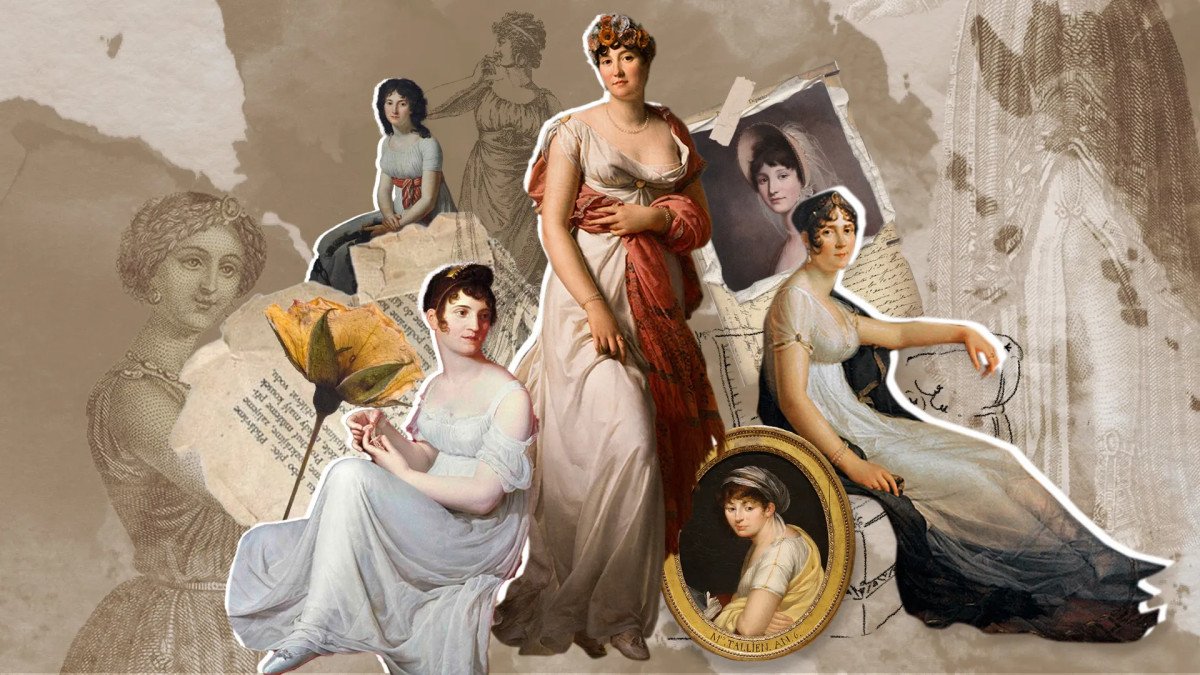
These events, which would mark the end of the Terror, brought a new nickname for Teresa: Our Lady of Thermidor. The newly released nickname shows that the people were very clear who they should thank for the end of the nightmare. Without her, and without her arrest, it is very likely that Tallien would not have dared to rebel against Robespierre.
After their release, Teresa and Tallien marry and have a daughter, whom they name Rose Thermidor in honor of the month of triumph. However, the union is not lasting. It is very likely that Teresa had no feelings for her husband, and that the only thing that drove her to join him, first as a lover and then as a woman, was a natural survival instinct in a hostile environment.
A time of luxury and debauchery
After the fall of Robespierre, Tallien’s influence is no longer “useful” to him. It is the time of the Directory, and others have power: this is the case of Paul Barras (1755-1829), one of the members of the new government, whose lover Teresa becomes after separating from Tallien.
After the Revolution, France is shaken by a pressing desire to live life. The young people want to forget the rugged times of the Terror, and they immerse themselves in a constant party. It is the time of the arrogant incroyables and the fantastic merveilleuses, the names given to the men and women protagonists of these years, respectively.
The incroyables (incredibles, in French) display clearly exaggerated costumes and behavior. The most daring ones hang huge earrings in their ears and cut their hair “dog style”, that is, with the front part long up to the neck and the nape of the neck clear, like two large canine ears. Many of them wear a red scarf around their neck, imitating the blood of those who were guillotined. They have specific gestural codes that only they understand, and even a vocabulary invented expressly to communicate.
As for the merveilleuses (wonderful ones), they are the absolute queens of the Directory. They wear almost transparent tunics (which often reveal their skin and breasts), in “imitation” of classical fashion, and they often walk barefoot on the street. They are as extravagant as their companions, and have a reputation for being flirtatious and frivolous. Among them is, of course, our Teresa, a true lady of fashion, who is all the rage at parties with her friend Josephine Beauharnais, future empress Josephine, whom she had met in La Force prison.
The caricature that James Gillray made in 1805 is quite explicit and illustrates very well the fame that these two women earned. The scene represents Paul Barras sitting in an armchair with a rather decadent appearance, lasciviously contemplating how Teresa and Josefina dance naked before him. Napoleon, then Josephine’s husband, is portrayed apart from him, on his Egyptian campaign. Whether this scene happened or not, we don’t know; What is certain is that the dissipated life of both women caused a real scandal in the Paris of the time, and Napoleon himself, famous for her austerity and rigidity, advised his wife not to frequent Madame Tallien.
Tranquility and peace in Belgium
In fact, when Napoleon comes to power, he strictly forbids his wife from interacting with Teresa. Our Lady of Thermidor is excluded from public and social events, because, in the opinion of the new emperor, she is “lewd” and “sinful.”
In those years, Teresa had begun a new relationship with Gabriel-Julien Ouvrard (1770-1846), a rich businessman with whom she had several children. Later, during an evening at the house of Madame de Staël (1766-1817), Teresa will meet the man who will be her last husband, the Prince of Chimay, whom she marries in 1805. Coexistence with this man will be peaceful and satisfactory, and It will last no less than twenty-five years, during which Teresa and her husband carry out important tasks of patronage, especially related to music, including the reception and protection of the composer Luigi Cherubini (1760-1842) and the singer María Malibran (1808-1836).
In January 1835, Teresa Cabarrús, Our Lady of Good Help, Madame Tallien, Our Lady of Thermidor, died. A fascinating character who was removed from the history books and who, however, had a lot to say during a crucial episode for humanity such as the French Revolution.
